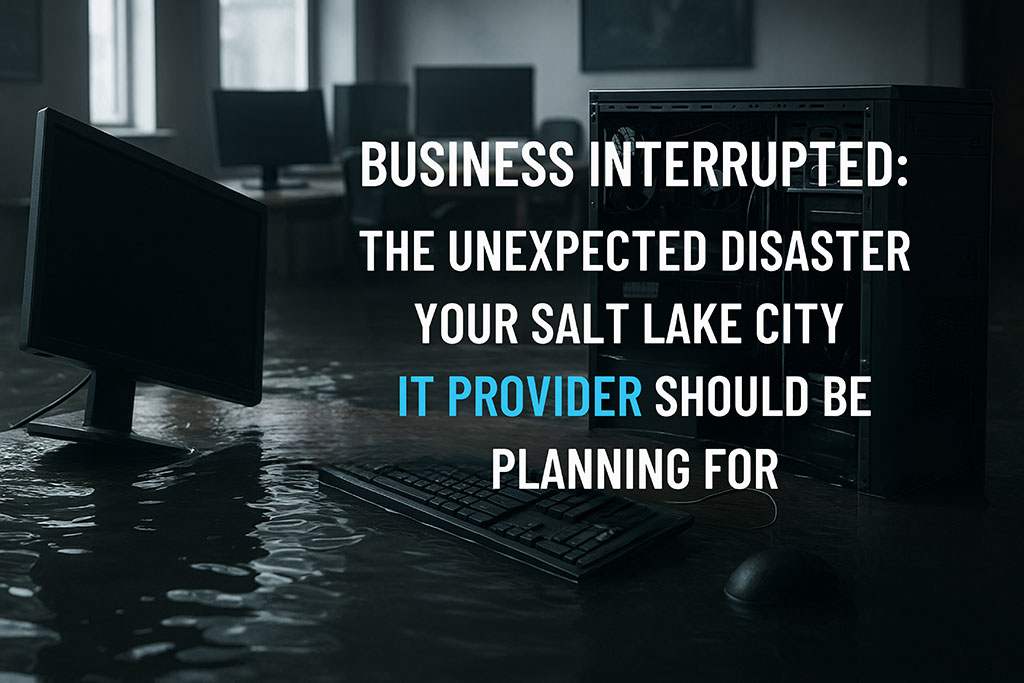
Server crashes. Power outages. Wildfires. Cyberattacks. These things don’t send a calendar invite, and when they hit, they hit hard. For architecture firms in Salt Lake City, the impact is more than just technical—it's creative delays, project setbacks, and missed deliverables.
Most firms assume a basic backup solution will protect them. But here's the truth: restoring files isn't the same as restoring operations. If you can't open your BIM models, access shared drives, or update a client from the field, you're stalled. And in this business, time is money and reputation.
Backups Are Basic. You Need Business Continuity.
Sure, backups matter. But business continuity is what keeps your renderings, deadlines, and contracts on track even when disaster hits.
At Qual IT, we work with Salt Lake City design firms to build robust continuity plans tailored to architecture-specific workflows. Because if your backup only saves a Revit file—but not the version history, team access permissions, or project dependencies—it’s not enough.
Know The Difference: Backup vs. Continuity
Here's what many Salt Lake firms get wrong:
Backups help you restore data.
Continuity helps you stay operational.
The right plan answers key questions:
- How fast can we reopen our projects after a system crash?
- Can our team collaborate from home if the office floods?
- Which project files are mission-critical?
- Who's calling the shots when everything's down?
A continuity strategy for architects should include:
- Immutable cloud backups for BIM, CAD, and file libraries
- Predefined RTO (Recovery Time Objective) and RPO (Recovery Point Objective) settings
- Jobsite-ready remote access
- Cloud-based failover systems
- Annual disaster recovery drills
If your current IT provider in Salt Lake City can’t walk you through these elements, your continuity plan may be more luck than strategy.
This Isn’t Just Theory. This Is Reality.
Here’s what we’ve seen in the field:
- A local firm lost six months of concept work when their NAS failed—because no one tested the backup.
- Another firm was bidding on a major civic project. A ransomware attack knocked out their network the day before submission.
- A wildfire alert forced an emergency evacuation. Only the firm with cloud BIM access kept working.
These are not big corporations. These are 10-, 20-, and 35-person teams right here in Salt Lake.
What To Ask Your IT Provider Today
If disaster hits tomorrow, will your architecture firm keep designing?
Ask your Salt Lake City IT company:
- Are our Revit models, shared drives, and cloud platforms covered in our backup?
- What’s our timeline to get back online after a crash?
- Can the team work remotely without IT babysitting them?
- Do we meet compliance for state, federal, or HIPAA-linked projects?
- When was our last disaster drill?
If you can’t answer those questions confidently, it’s time for a second opinion.
You Can’t Stop Disasters. But You Can Prevent Downtime.
Power grids fail. Drives crash. Systems get hacked. But that doesn’t have to mean hours or days of downtime.
The right IT support for your Salt Lake City firm doesn’t just fix problems—it plans so you never feel them.
Let’s find out where your system stands today.
Click here to book your FREE Network Assessment. Let’s make sure the next disaster doesn’t interrupt your next design.



